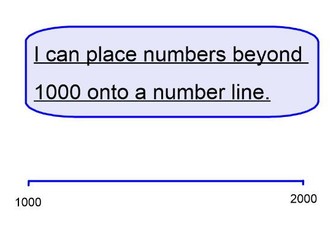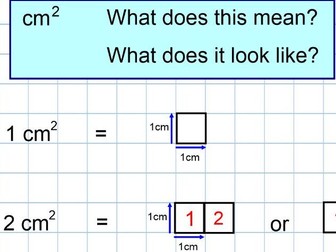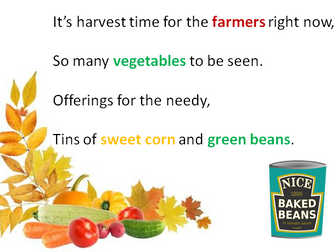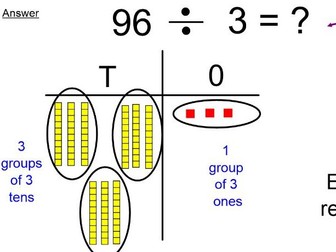White Rose Maths - Year 4 - placing numbers on a number line up to 10,000
Here is another lesson for Year 4 that I thought I would share. It starts with an activity linking back to being able to count backwards in 25's. The main activity is related to placing numbers on a number line up to 1,000. The main focus to begin with is to get the children to tell you what they know about the number line using the start and end parameters before answering the actual question. You may not need to use all the slides, but my class have struggled recently when I have tried to move on too fast, so fingers crossed this will allow most of the class to stay together. You may want to remove the timings for completing the activities, but they have helped to keep my class on task and focused as they don't want to get left behind.




